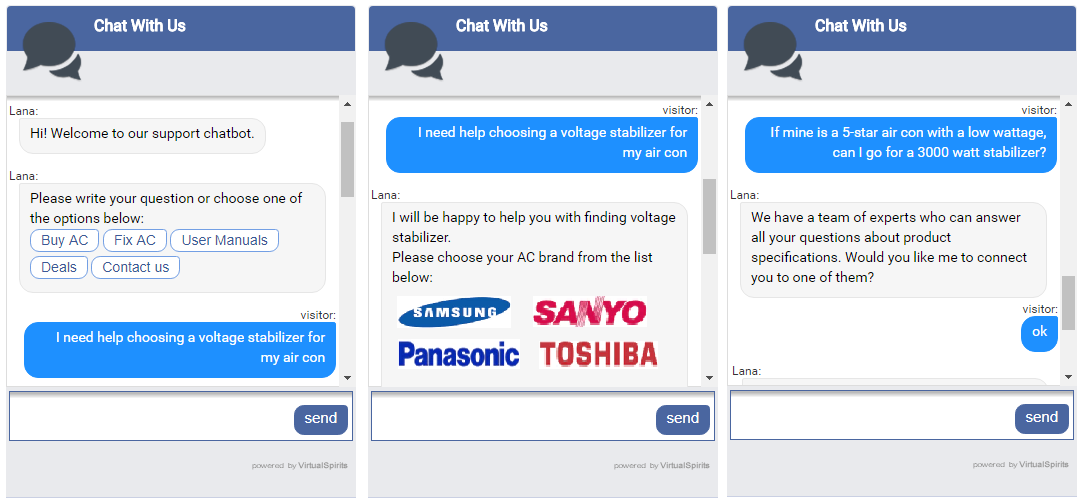
The Walkman became an icon in 1980s culture. According to The Verge, "the world changed" on the day the Walkman was released.

#Sanyo tech support phone number portable
According to Time, the Walkman's "unprecedented combination of portability (it ran on two AA batteries) and privacy (it featured a headphone jack but no external speaker) made it the ideal product for thousands of consumers looking for a compact portable stereo that they could take with them anywhere". Impact and legacy Ĭulturally the Walkman had a great effect and it became ubiquitous. This method of marketing to an extremely expansive user-base while maintaining the idea that the product was made for each individual " the best of all possible worlds-mass marketing and personal differentiation". A diversity of features and styles suggested that there would be a product which was "the perfect choice" for each consumer. The ability to play one's personal choice of music and listen privately was a huge selling point of the Walkman, especially amongst teens, who greatly contributed to its success. Potential buyers had the opportunity to choose their perfect match in terms of mobile listening technology. Having the ability to customize a playlist was a new and exciting revolution in music consumption. Prior to the Walkman, the common device for portable music was the portable radio, which could only offer listeners standard music broadcasts. Ī major component of the Walkman advertising campaign was overspecialization of the device. SONY also hired actors to pose with the Walkman around the streets of Tokyo as an additional form of promotion. SONY implemented a marketing strategy, hiring young adults' to walk around in public wearing a Walkman, offering nearby people to test out the product. The "Walk-men" and "Walk-women" in advertisements were created to be the ideal reflections of the viewing audience.

The marketing of the Walkman helped introduce the idea of "Japanese-ness" into global culture, synonymous with miniaturization and high-technology. The last cassette-based model available in the US was the WM-FX290W - this model was first released 2004. Portable compact disc players led to the decline of the cassette Walkman, which was discontinued in Japan in 2010.

By 1999, 20 years after the introduction of the first model, Sony sold 186 million cassette Walkmans. 150 million units were manufactured by 1995. A 15th anniversary model was also made on July 1, 1994, with vertical loading, and a 20th anniversary on July 1, 1999, with a prestige model.īy 1989, 10 years after the launch of the first model, over 100 million Walkmans had been sold worldwide. Two limited edition 10th anniversary models were released in 1989 (WM-701S/T) in Japan, made of brass and plated in sterling silver. Within a decade of launch, Sony held a 50% market share in the United States and 46% in Japan. In 1986 Sony presented the first model outfitted with remote control, as well as one with a solar battery (WM-F107). In October 1985, the WM-101 model was the first in its class with a "gum stick" rechargeable battery. The first model with autoreverse was released in 1984.

This allowed even easier carrying of a Walkman in bags or pockets. The first ultra-compact "cassette-size" Walkman was introduced in 1983, model WM-20, with a telescopic case. The first model with Dolby noise-reduction system appeared in 1982. Sony applied the "Walkman" brand to some transistor radios starting with the matching blue SRF-40 FM Walkman in 1980, and added a radio to some Walkman cassette models starting with the model WM-F1 in 1982. In 1981 Sony released the second Walkman model, the WM-2, which was significantly smaller compared to the TPS-L2 thanks to "inverse" mounting of the power-operated magnetic head and soft-touch buttons. The 1980s was the decade of the intensive development of the Walkman lineup. Three Walkman players, variously dating between 19


 0 kommentar(er)
0 kommentar(er)
